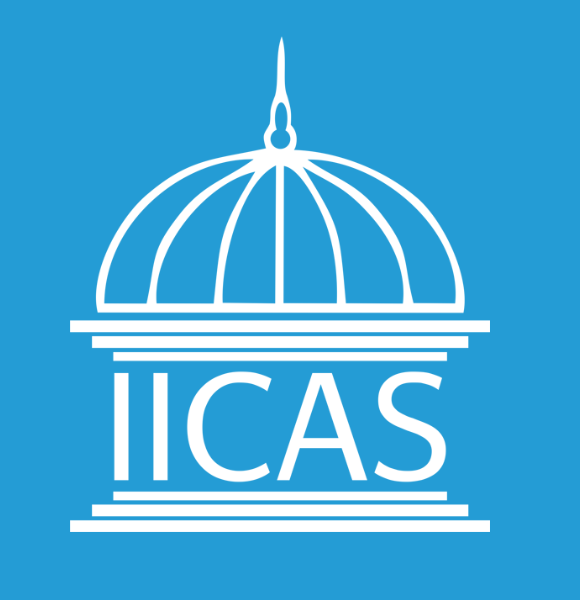The heritage of Ancient Khorezm
*
In
April-May 2021, an international expedition conducted field surveys of the
region's material cultural heritage in the Republic of Karakalpakstan, under
the auspices of the International Institute for Central Asian Studies (IICAS)
and with the support of the National Commission of the Republic of Uzbekistan
for UNESCO and the Ministry of Culture of the Republic of Karakalpakstan.
The
purpose of the study was to determine the assessment of potential sites in the
region in order to develop a strategy for the possible inclusion of components
of an individual / serial / serial transnational nomination to the UNESCO World
Heritage List.
For
the first time in the history of the Central Asian region, a large-scale and
high-tech work was carried out to document more than 50 sites in the region,
which made it possible to collect the necessary data for conducting an internal
comparative analysis.
At
the moment, scientific reports on all surveyed sites have been prepared,
detailed orthophotomosaics and a 3D model of the sites, digital elevation
models (DEM) and detailed 3D models of architectural sites and architectural
structures have been compiled.
All sites for comparative analysis were selected
with an assessment of their historical and cultural significance and
reliability of the data, considering the degree of their safety and risks that
threaten their existence, compliance with the requirements of authenticity and
identity. They considered their location and environment, as well as the
existing management systems and the availability of tourism infrastructure.
During
the selection, special attention was paid not only to identifying the external
characteristic features of the similarities or differences of certain
monuments, but also to substantiate characteristic features in general terms that
allow them to be grouped into an individual, serial or transnational nomination.
Leading
international experts were involved to identify the values and sub-attributes
of the component parts. They selected the meaning of the heritage sites by
supplementing the Nara grid with values that most fully reflect the features of
the sites of Karakalpakstan. This step helped to identify tangible and
intangible sub-attributes, specific to each site. Analysis with the identification of sub-attributes will allow for a
better and more detailed understanding of potential nominations.
At
the moment, work in this regard is being carried out.
Поделиться:




